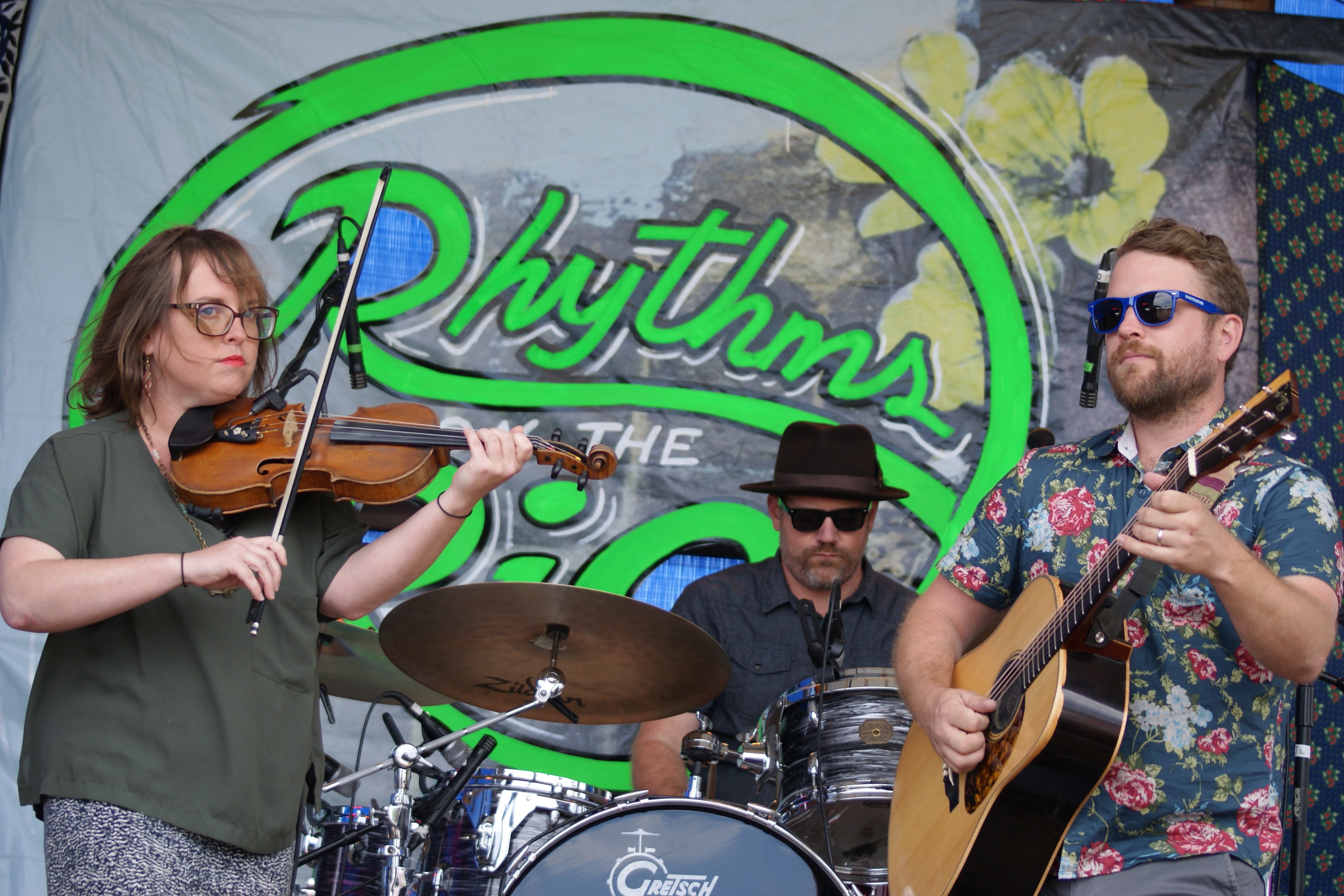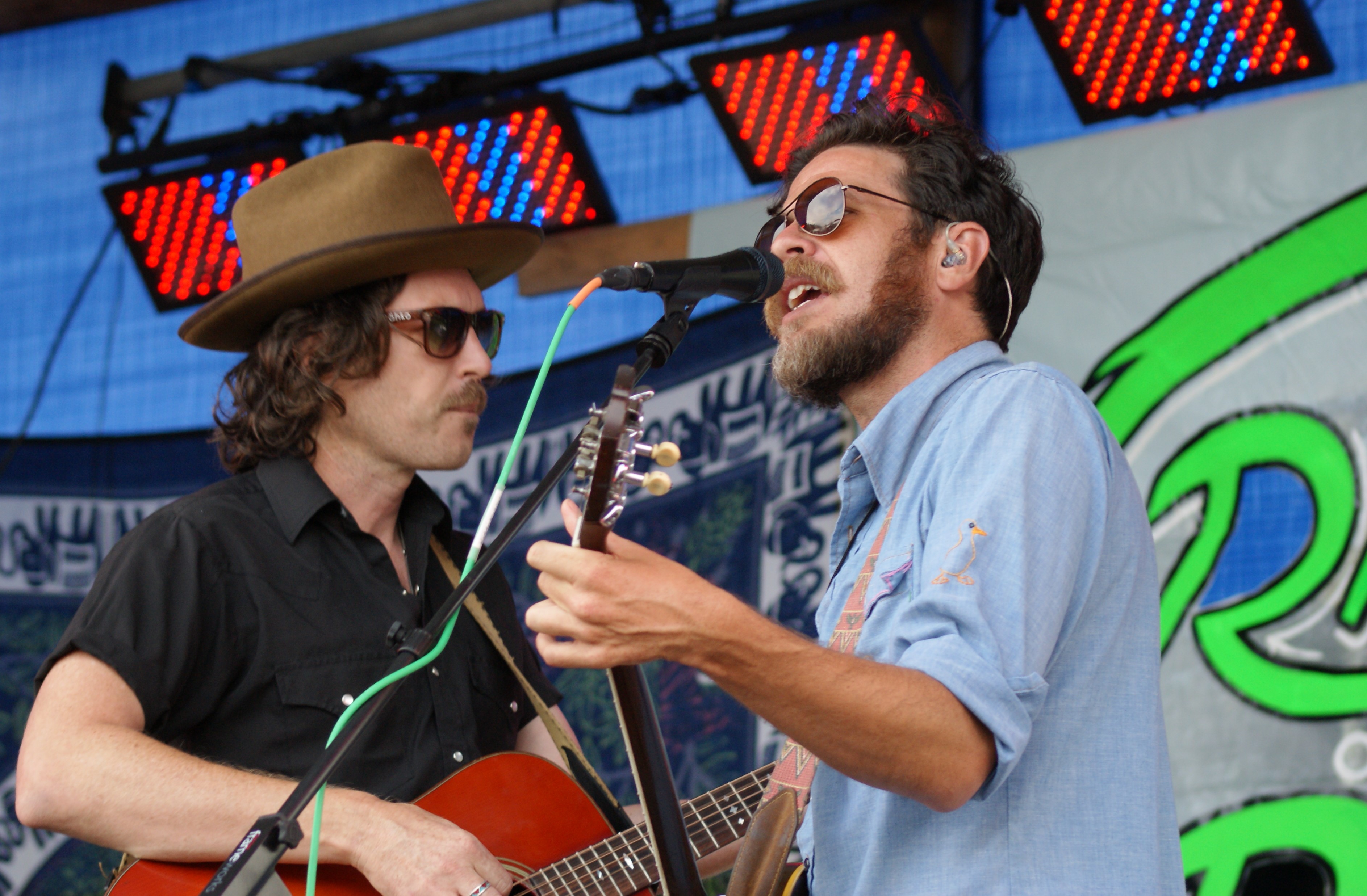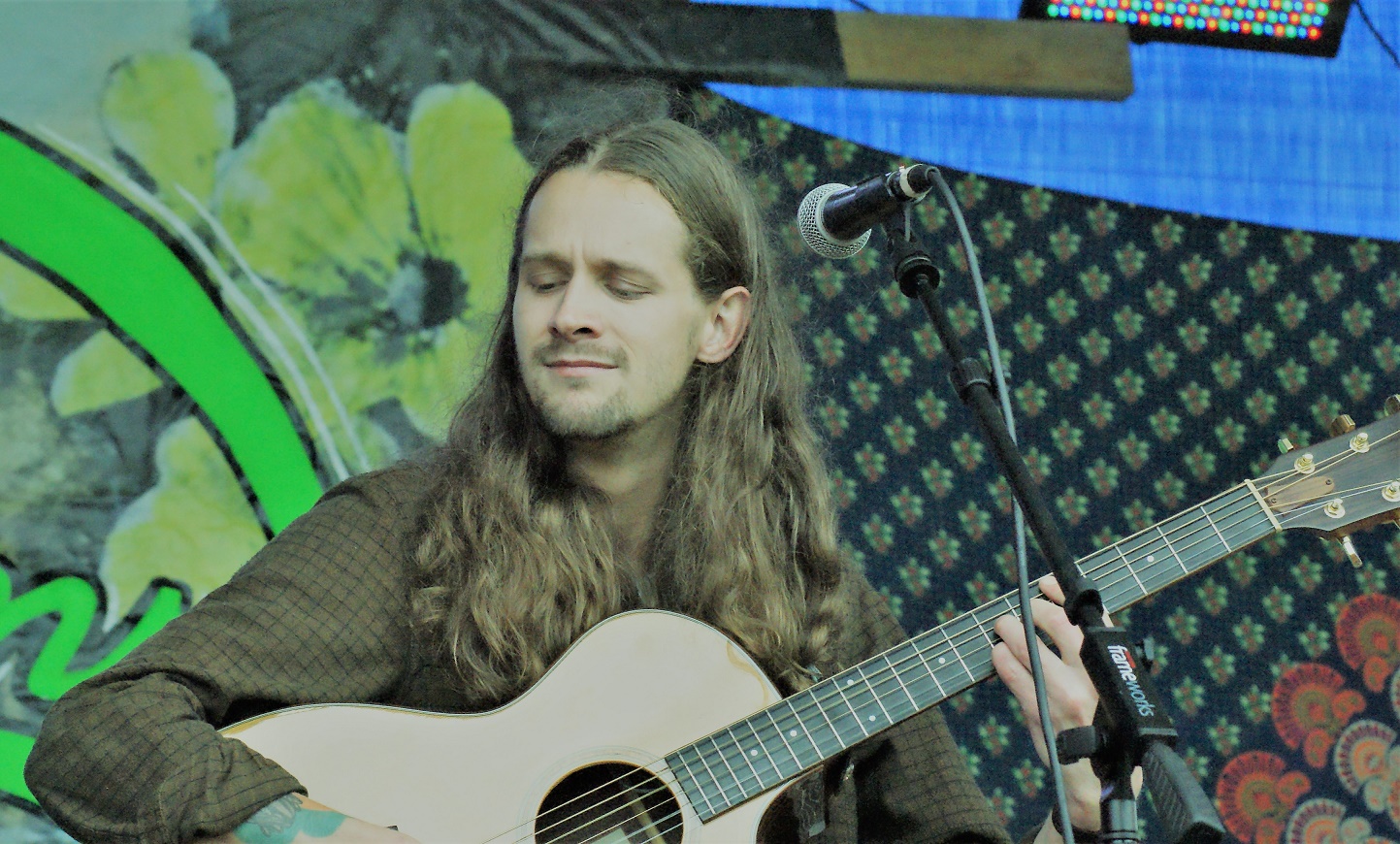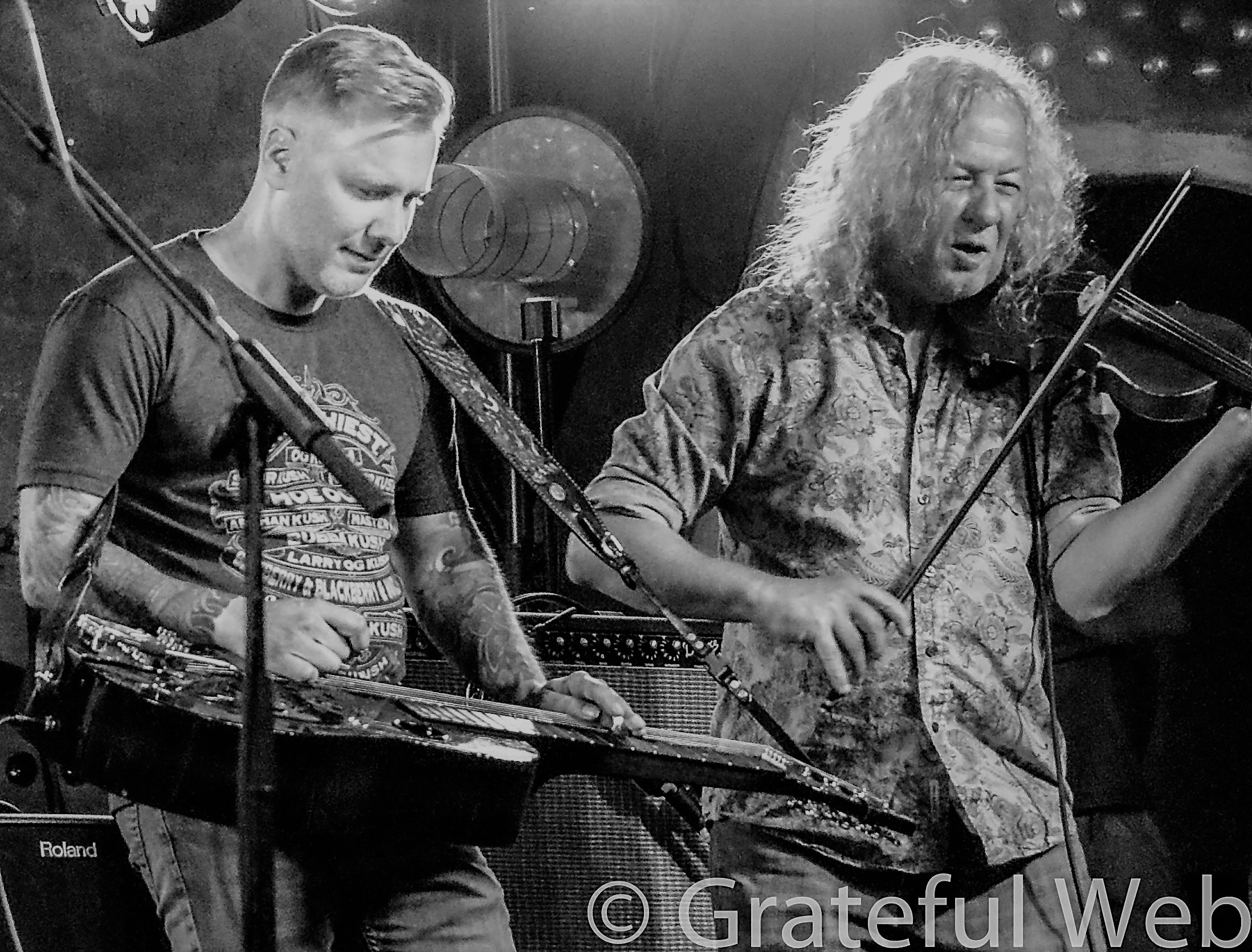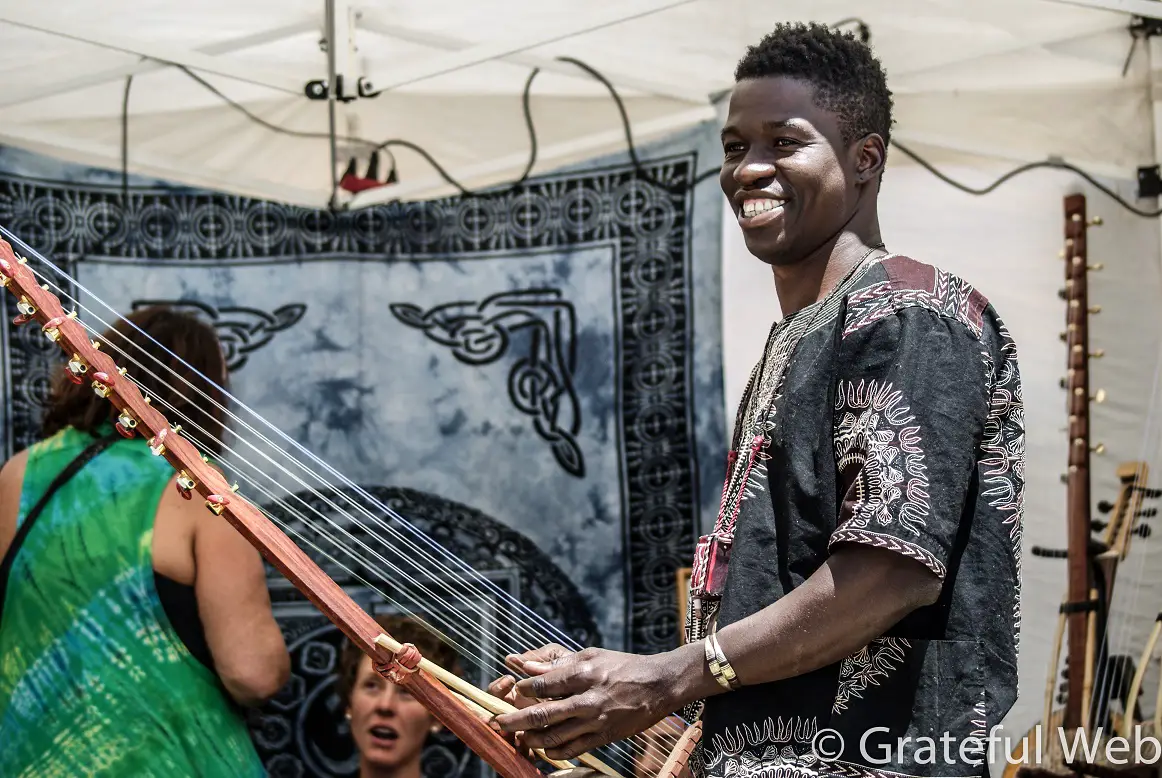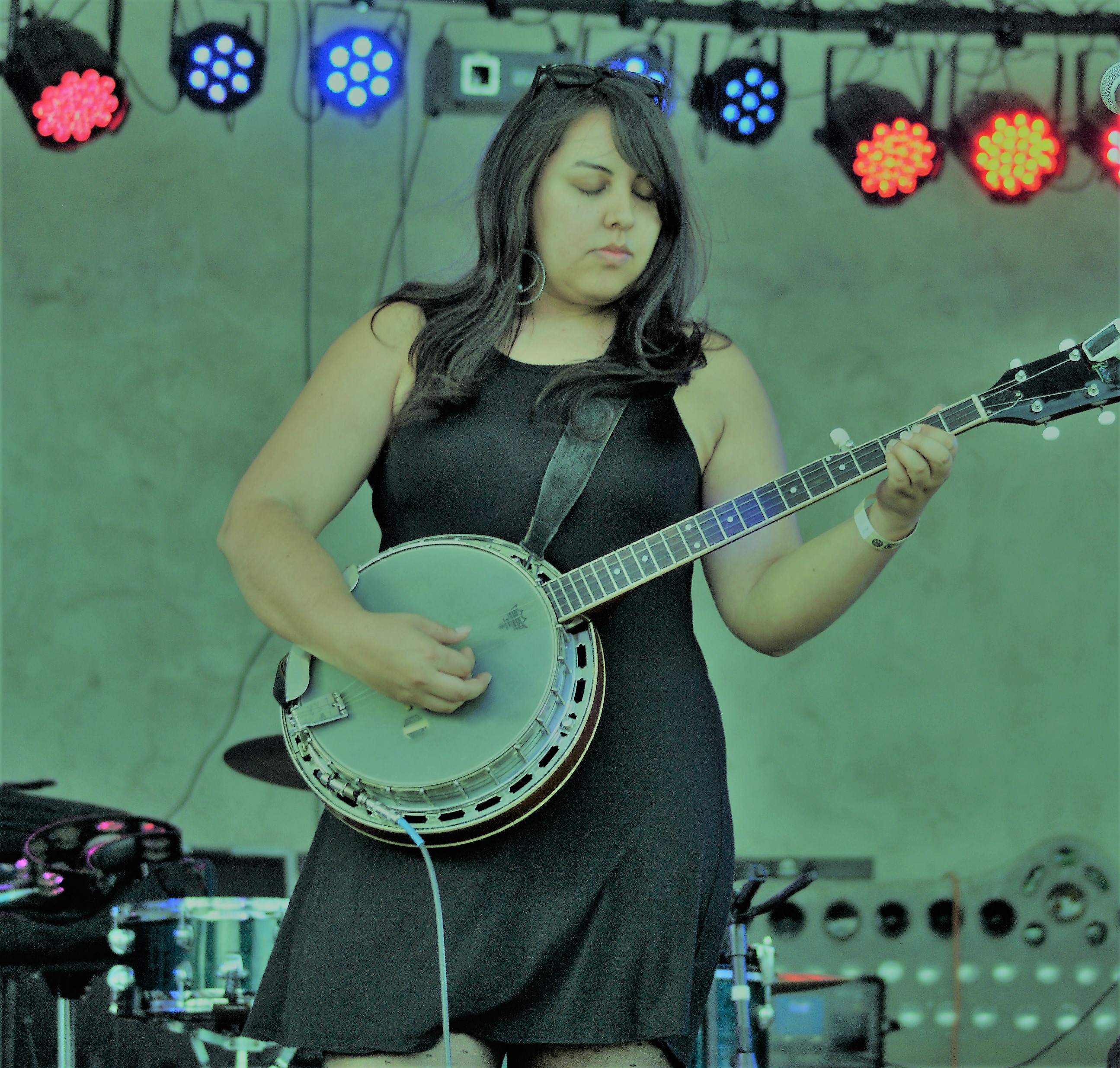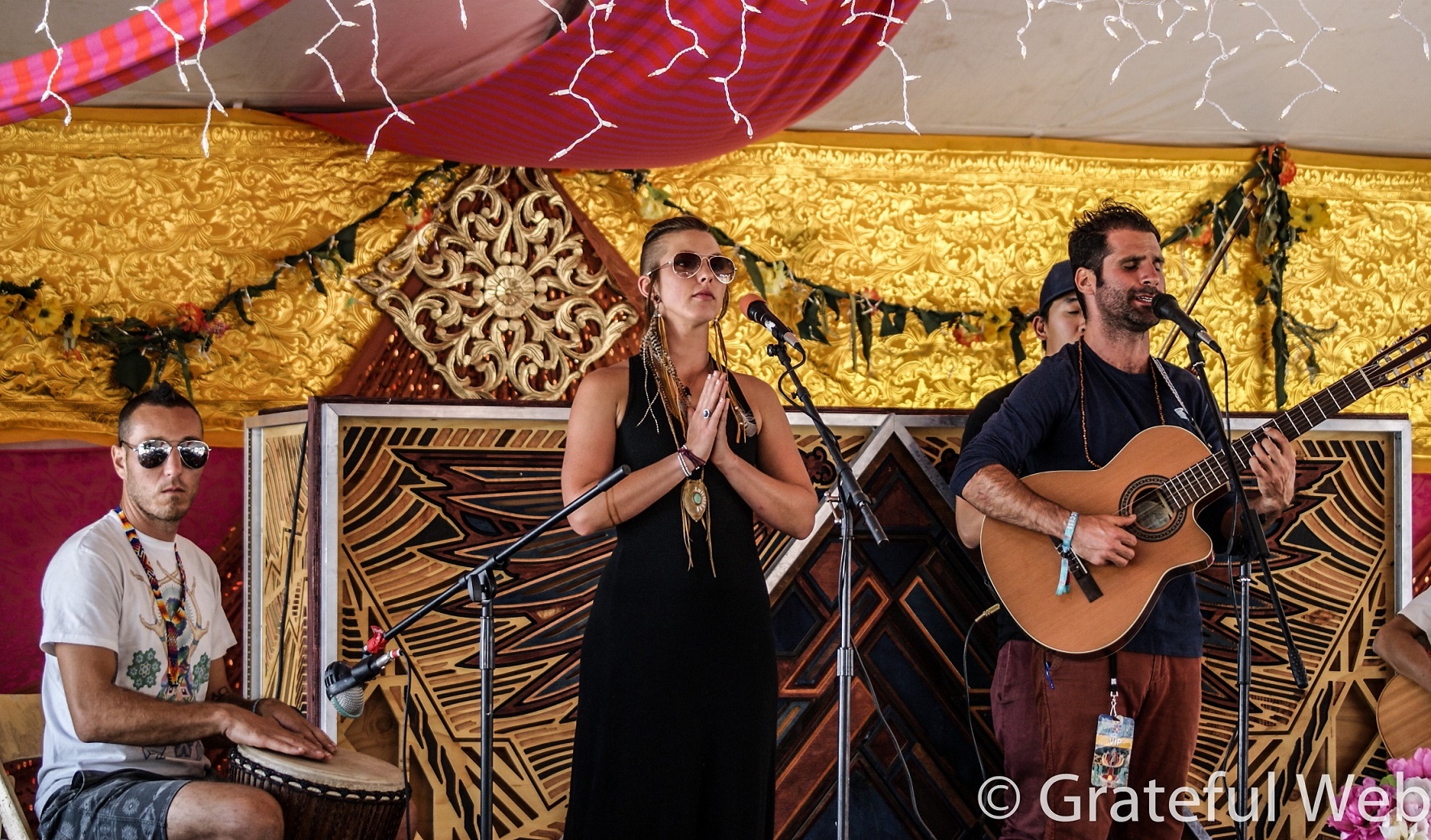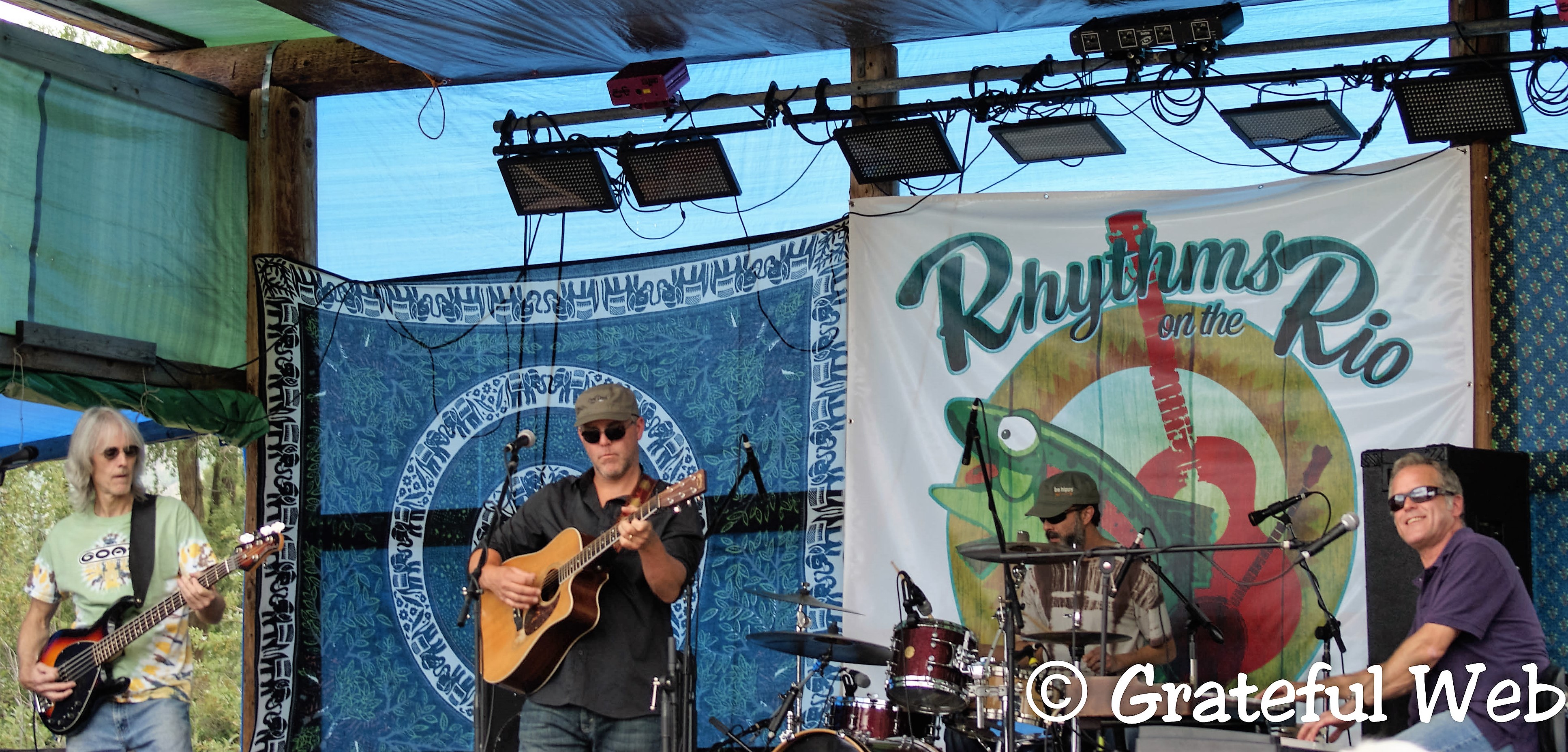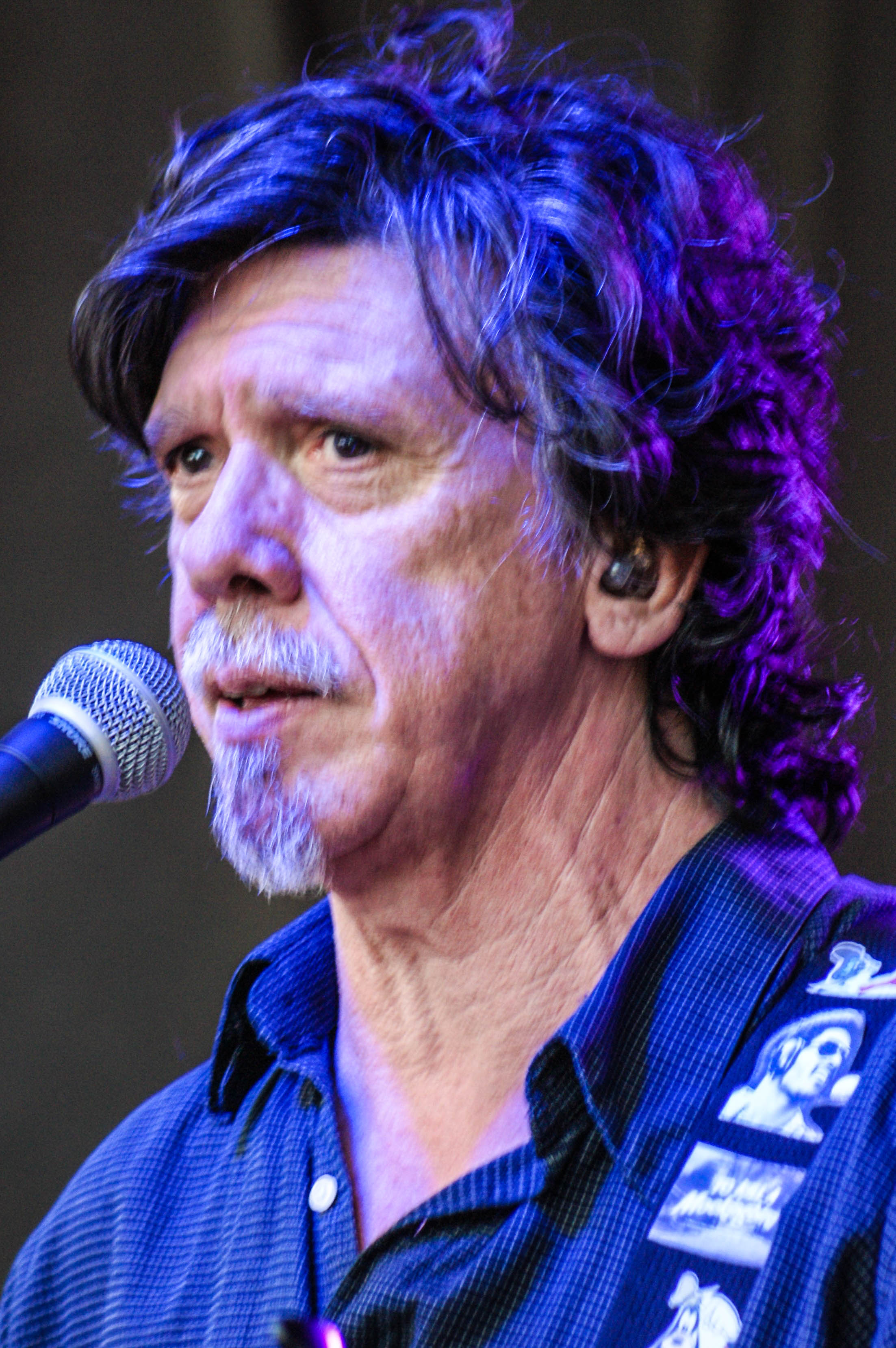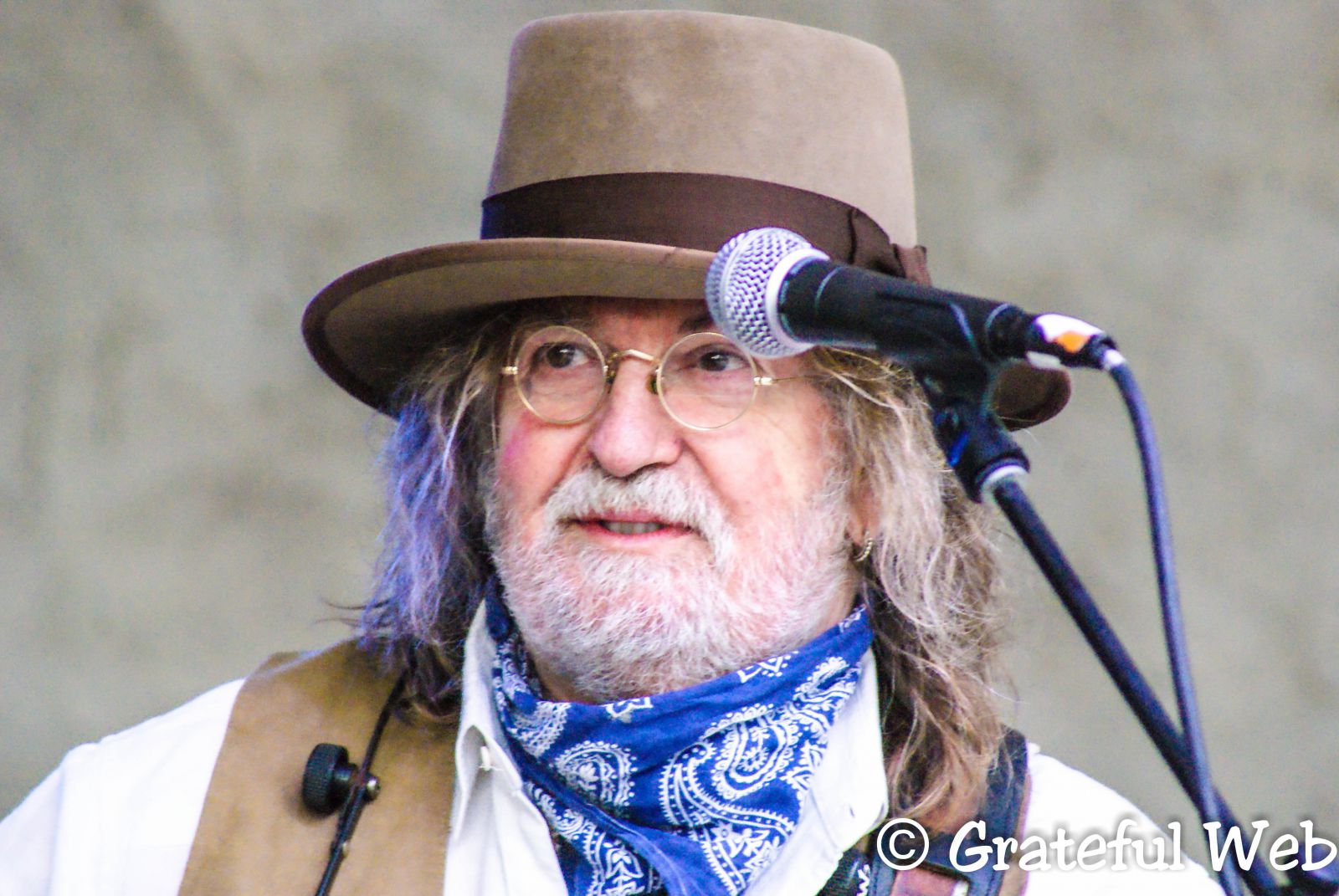British-born keys player Jon Cleary now makes New Orleans his home where he has immersed himself in a social structure that lives and breathes music. He offers a unique perspective on the cultures that produced New Orleans popular music.
"In New Orleans, music is such an important part of the culture here," says Cleary. It is what first attracts people, not only to visit, but to live there as he has done. "They fall in love with it because they love the culture," he says. "Music is the soundtrack of your social life in New Orleans."
Keeping the roots musical fire going and using it to fuel creativity is essential for a healthy music scene. "The challenge is always for the music to keep developing, not to stagnate and become museum pieces, suffocated or resuscitated artificially," Cleary says.
However, keeping New Orleans music viable is complex. "There are lots of elements that go into making up a healthy music scene," says Cleary. "The most important, I think, is the consumer. It's essential for musicians to be able to go and play a gig and get enough people in so that club owner is happy and generates enough income for the band to get paid. The primary driving force, I think, in New Orleans for musicians has almost been more economical than artistic. Musicians will take up an instrument much more regularly if they think they can go out and do some gigs and make some money at it to the pay bills and put gas in the car like everybody else. Really, you have to have a large concert-going audience."
That has been a major problem since Hurricane Katrina. "As well as being a problem with the musicians being displaced, you also have concert goers who have been displaced, too," Cleary says. "The important thing is for people to be here because there is a certain critical mass that has to be maintained. New Orleans is a small city with lots and lots of musicians. Without those people [the concert goers], the health of the music scene is in peril. You have to have an audience to play to."
Musicians in New Orleans have a different struggle to make a living than those in other cities. There never was a push to make a record deal and be a star. There was always the need to just pay the bills. "What I've found upsetting is that the older generation of musicians whose names I was familiar with from history books and record sleeves were still here and were still playing, but they were always struggling, struggling to keep a band together, struggling to generate enough income from regular gigs to have those things in place that are necessary in order to create good music. New Orleans musicians play with several bands to make a living."
This is also something that Cleary himself does. No musician can survive with a three-night weekend run at a local bar, especially if the musician is a member of a large band. The money is just spread through the band members too thinly. Gone is the myth of doing a gig at night, having a few drinks afterwards, and spending the day lazing around, writing music. "Most New Orleans musicians are independent guns for hire. They go where the work is and play what is required of them as part of the job," says Cleary. "For the last five or six years, I've been touring with Bonnie Raitt. It's been absolutely wonderful, but the price I pay for it is I haven't really been able to stay home and work on my craft."
 Cleary has played on a ton of albums, including those for Bonnie Raitt, Taj Mahal, Keb Mo, Ryan Adams, and B.B. King. He has only three CDs and an EP of his own. His debut albums, Alligator Lips & Dirty Rice (1994) and Moonburn (1999), are more traditionally based. Then, in 2002, he released the self titled, Jon Cleary & the Absolute Monster Gentlemen, which was more R&B and soul. Currently, he has a little solo number called, Do Not Disturb, that was recorded in May of this year. It's the result of a lot of late nights with portable recording equipment and a lot of instruments. The four songs, two traditional tunes and two Cleary originals, are backed by Cleary himself, playing everything.
Cleary has played on a ton of albums, including those for Bonnie Raitt, Taj Mahal, Keb Mo, Ryan Adams, and B.B. King. He has only three CDs and an EP of his own. His debut albums, Alligator Lips & Dirty Rice (1994) and Moonburn (1999), are more traditionally based. Then, in 2002, he released the self titled, Jon Cleary & the Absolute Monster Gentlemen, which was more R&B and soul. Currently, he has a little solo number called, Do Not Disturb, that was recorded in May of this year. It's the result of a lot of late nights with portable recording equipment and a lot of instruments. The four songs, two traditional tunes and two Cleary originals, are backed by Cleary himself, playing everything.
"The EP is basically what I was doing on tour with a laptop computer," he admits. "I played all the instruments on the EP.... I called it Do Not Disturb because it's all recorded in hotel rooms and backstage at gigs and in dressing rooms, catching little bits to work on music. I kind of put it out as a bootleg really. It's very flawed."
However, Cleary's step into twenty-first century technology is taking traditional roots music a big step forward. "Every generation has its new tools," he says. "The Fender bass, when that came in, changed the way music sounded. When sequencers came in, it changed the way music sounded. Electric guitars were an enormous revolution in the way popular music sounds. Nowadays, they have the recording technology that allows us to do all sorts of things." Cleary took the plunge and started experimenting. "In the process, you take a risk. Some ideas work and some don't. When I listen to my records, I often cringe at the ideas that didn't work. The easy option would be to play it safe and just do what everybody else does and be more traditional. I'm on the perennial quest to make one record, to make one piece of music I can listen to without cringing."
Yet, Cleary is the first to admit that though technology may allow more people to make music and put it into more hands, there is a definite risk to the fabric of the music scene. "There is a whole generation who have never been exposed to live music. There was a time not long ago in my parent's generation, if you really wanted to hear music, you had to be in the same room as a musician. There was no cable TV with videos. There were no iPods that you could carry around with a pair of headphones. There were radio and records. But really if you wanted to enjoy the benefits of what music can do, you had to see a band and be in the same room as a bunch of musicians. Today, music is delivered by so many different media."
Cleary is aware that he is walking a thin line between technology and the live experience. "It's very different from ten years ago when, on the one hand, you have what would seem to be a piece of organic music, just people playing live in a room, and then on the other hand, the high degrees of production which you hear from all sides of the radio dial. The challenge is to take the best of both of them....All these machines tend to lend themselves into very stiff robotic production techniques. The challenge is to use them and try and get the loose feel that New Orleans is famous for. It's very hard." And, to experiment with that, Cleary needs time to create, which is difficult when he makes a living playing live.
Still, Cleary preaches the creed of live music, not just because it helps him put food on the table and buy the technology to create with, but because of what happens in the live experience. There is something that happens when you are in the same room with musicians who are spontaneously improvising and creating. Those of us who lived through the folk era when everyone when out and bought a guitar or an autoharp saw live music spring up in living rooms all across the country. Today, if you aren't a musician yourself, the only place you are going to see the dynamics between live musicians is to go to a concert or club, and the more intimate the better.
 "The science of music states you make a vibration with your instrument, and it moves columns of air which jiggle your ear drums around," Cleary explains, but adds when you hear the music live, "It does something to you. It's an entirely different thing. Digesting music through any other medium is a little bit prophylactic really. If you want the real thing, you have to be in the same room."
"The science of music states you make a vibration with your instrument, and it moves columns of air which jiggle your ear drums around," Cleary explains, but adds when you hear the music live, "It does something to you. It's an entirely different thing. Digesting music through any other medium is a little bit prophylactic really. If you want the real thing, you have to be in the same room."
Cleary has found that there is a huge uptapped audience out there. " There are a lot of people who just don't go out and hear music....The challenge, really the mission, is to get as many people to come out, not just to hear New Orleans music, but any kind of music....It's the real deal. You see guys who can actually play without pyrotechnics who have eight fingers and two thumbs and who can generate an atmosphere. There's good medicine in that....The world would be a better place if everyone went out to see more live music."
Cleary emphasizes, "If a band is from New Orleans and they're playing in your town, the chances are they're going to be pretty, bloody good!...When they walk out with a smile on their faces, they generate a party experience no matter if it's in Minnesota or San Francisco or Detroit or Denmark or London." Cleary also urges people to see bands they don't know. "People will come to see established acts they're familiar with," he says. The new or unfamiliar band, however, may fast become your favorite.
However, seeing live music requires a bit more effort than just getting to the gig. "Any musician will tell you that if you have a really good audience that is reactive and boisterous and shows their appreciation, it makes the musicians play better. So the audience has an enormous responsibility, too," Cleary says. "If you want to go out and see a band and have the best time you can possibly have, then it's up to you as an audience member to do your bit as well. It's not simply a spectator sport. You have to participate."
So, come check out Jon Cleary & the Absolute Monster Gentlemen whenever they are in your town. The band is Jon Cleary on keys/vocals, Eddie Christmas on drums, Cornell Williams on bass, and Big D on guitar. "They're all from New Orleans….There's a certain chemistry that evolved over a certain period of time. When you're playing with the same guys, you find your common strengths and tastes and you build on those. These guys are phenomenal players....They all bring with them a musical heritage that sort of is absorbed through the pores of your skin when you grow up in New Orleans. Like all New Orleans bands, they put on a great show. They're a great live gig."






